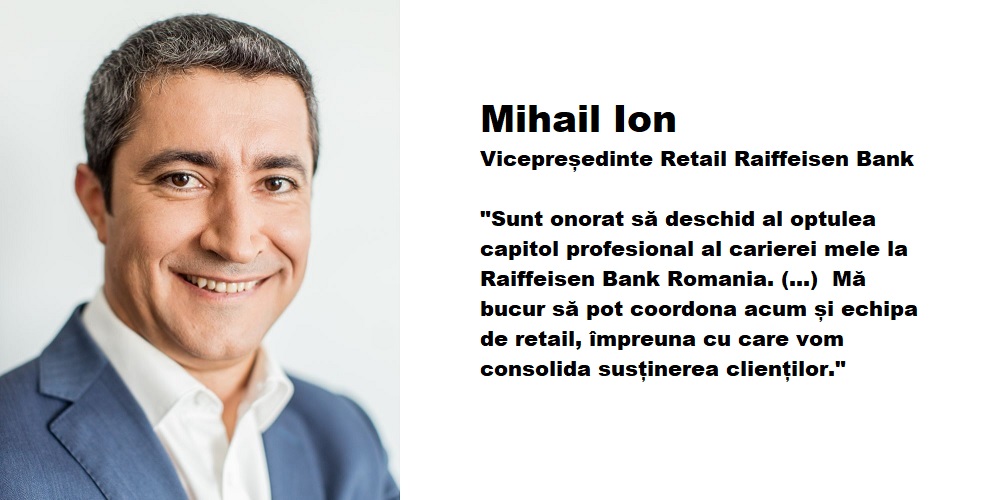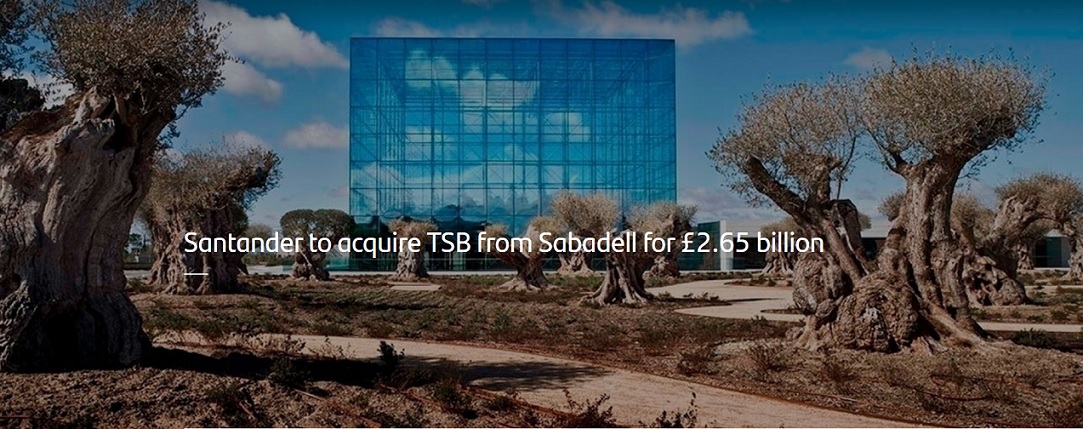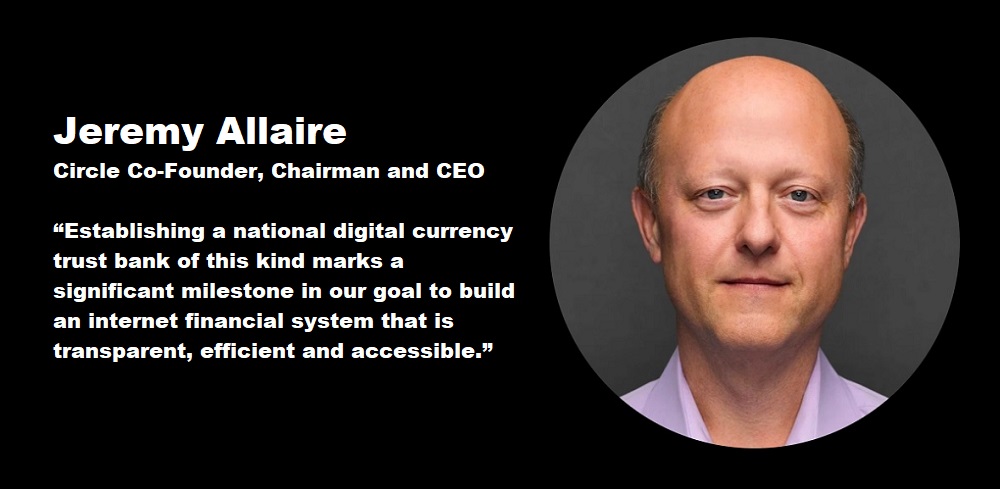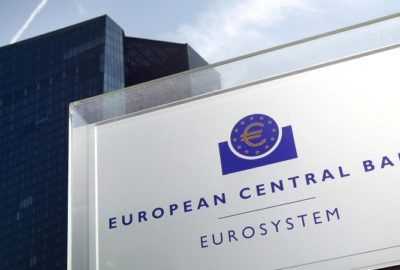UK banks will be able to process cheque images for the first time as UK Government proposes rule change
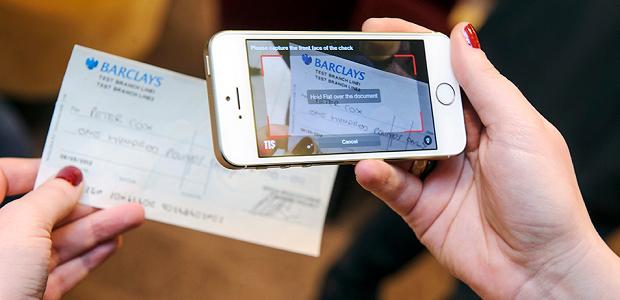
Pay in cheque by sending bank a picture of it. Instead of having to queue up at a bank to deposit a cheque, UK customers will be able simply to take a photo of it on the smartphone and send it to their bank. It means the money will be in their account within two days rather than up to six as at present.
The UK government is to begin consultations on new legislation to permit the use of smartphones for remote cheque deposits. Under the proposals, UK banks will be able process cheque images for the first time, suspending the current requirement for banks to physically see the paper version before agreeing to honour the payment.
The government will begin consultation this year to introduce new legislation to allow people to pay money into their bank accounts by taking pictures of cheques on their phones, as bank customers do in the US.
Barclays Bank says it will pilot a scheme allowing customers to pay cheques, via mobile cheque deposit, into their accounts via pictures taken on their mobile phones, following a government announcement.
Steven Roberts, managing director of Barclays, said the bank is planning to test the cheque imaging technology with customers early in 2014.
“These changes mean you will be able to pay cheques in instantly, not just in branch, but also using your smartphone or tablet computer. When you can download a book or a film in seconds, we believe you should be able to deposit a cheque in the same way,” said Roberts.
The service is expected to cut cheque processing times from six to two days.
Barclays is eager to demonstrate its digital credentials. For example, when announcing a trial of in-branch touchscreen devices in July 2013, Barclays said it was reacting to customer demand and wanted to prove it is up-to-date with digital services.
“We did not have a traditional business case, but we had a strategic intent to demonstrate our digital credentials,” said Barnaby Davis, managing director UK branches at Barclays.
At the same time, banks are reducing staff numbers as digital services increase. Barclays plans to cut 1,700 jobs this year due to an increase in mobile banking.
Although the use of cheques is declining, they are still important to certain groups of people, according to Citizens Advice CEO Gillian Guy.
“Cheques are an important, and sometimes vital, method of payment for many CAB clients. It’s good to see plans to bring cheques into the modern age with digital imaging and faster payments being introduced, alongside continued use of the more traditional paper cheques. It’s important these developments don’t bring extra costs or barriers for consumers,” she said.
Cheques remain a crucial part of the British payments landscape – nearly £840 billion of cheques were processed last year – accounting for 10% of all payments made by individuals. 23 million cheques were sent as gifts because they are still the most trusted method of sending money through the post.
UK banking industry plans to phase out the use of cheques by 2018 were scuppered by a consumer backlash, forcing the Government to intervene in 2011.
Financial Secretary to the Treasury, Sajid Javid, says: ” The government is determined to create a banking sector that works for consumers and serves businesses. We want to take the very best of the current system and make it better. We want to cheques to have a crucial role in the ongoing success of the UK.”
History of the cheque in UK
1659 – Date of the earliest known surviving English cheque
1717 – Bank of England introduced printed cheques
1770 – Daily cheque clearings formalised
1811 – First known personalised printed cheques produced
1821 – Committee of bankers formed to regulate clearings in London
1833 – First clearing house built in Lombard Street, London
1939 – Clearing transferred from London to Stoke-on-Trent due to Second World War
1946 – Clearing transferred back to Lombard Street, London
1965 – First cheque card issued allowing sterling cheques to be guaranteed up to the value of £30
1966 – First credit card – Barclaycard – introduced in the UK
1969 – UK Domestic Cheque Guarantee Card Scheme introduced
1985 – Cheque and Credit Clearing Company established
1987 – First debit card – Connect – introduced in the UK by Barclays
1989 – First telephone-only bank – First Direct – introduced
1990 Peak year for cheque volumes
1996 – Scottish cheque clearing with Scottish Exchange came under the responsibility of the Cheque and Credit Clearing Company
1997 – First internet banking service introduced by Nationwide
2005 – Shell stopped accepting cheques
2005 – London Exchange moved to Milton Keynes and renamed the English Exchange
2007 – Cheque volumes declined by fastest rate ever
2007 – 2-4-6 changes introduced to cheque clearing process, giving customers certainty on cheque funds for the first time
2008 – Most major retailers stopped accepting cheques
2008 – Faster Payments Service introduced for online, phone and standing order payments. Payments Council published National Payments Plan suggesting active management of the decline of the cheque is required,with a possible closure of the cheque clearing in 2018.
Source: www.paymentscardsandmobile.com & www.finextra.com
Dariusz Mazurkiewicz – CEO at BLIK Polish Payment Standard
Banking 4.0 – „how was the experience for you”
„To be honest I think that Sinaia, your conference, is much better then Davos.”
Many more interesting quotes in the video below:
